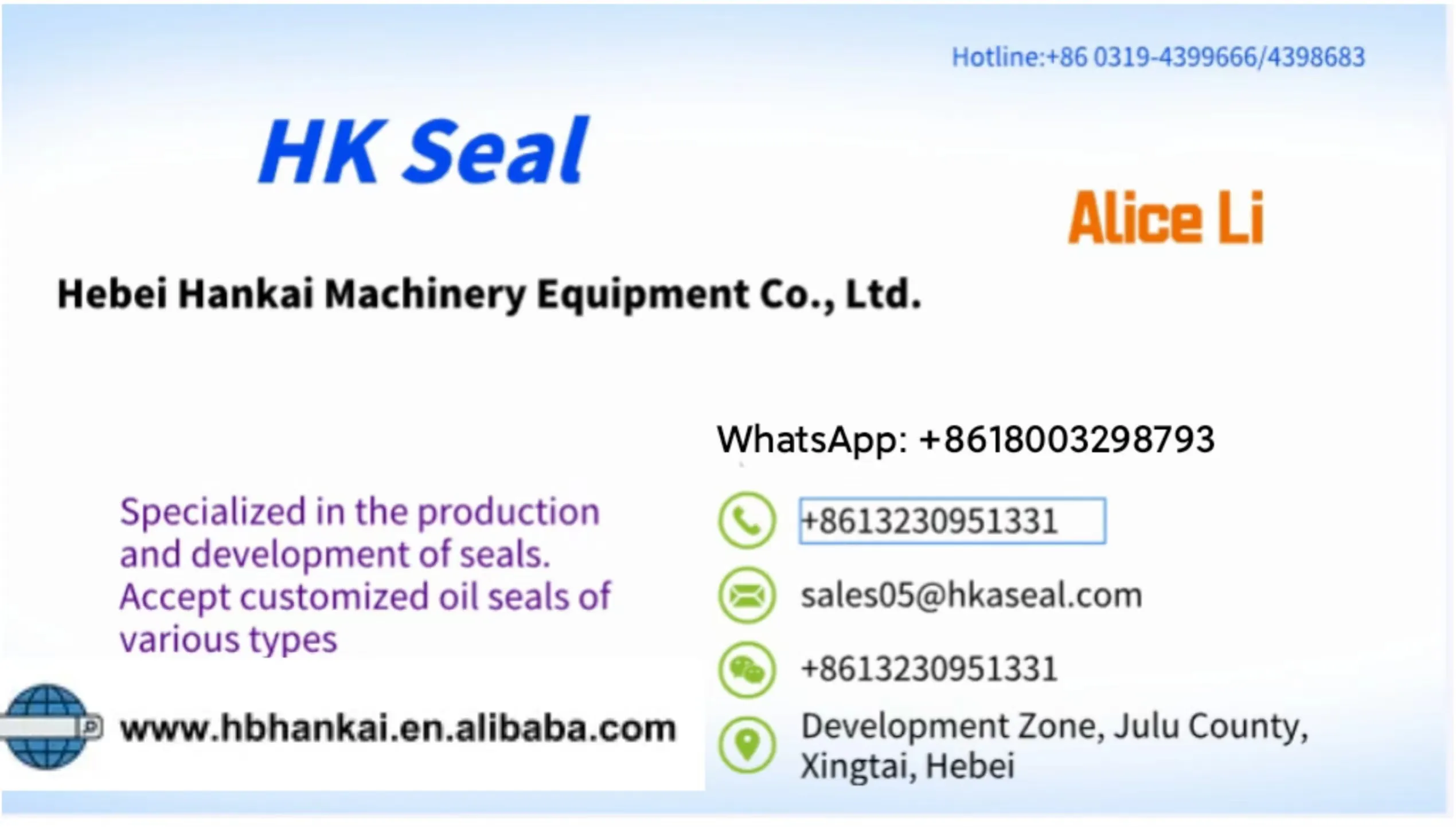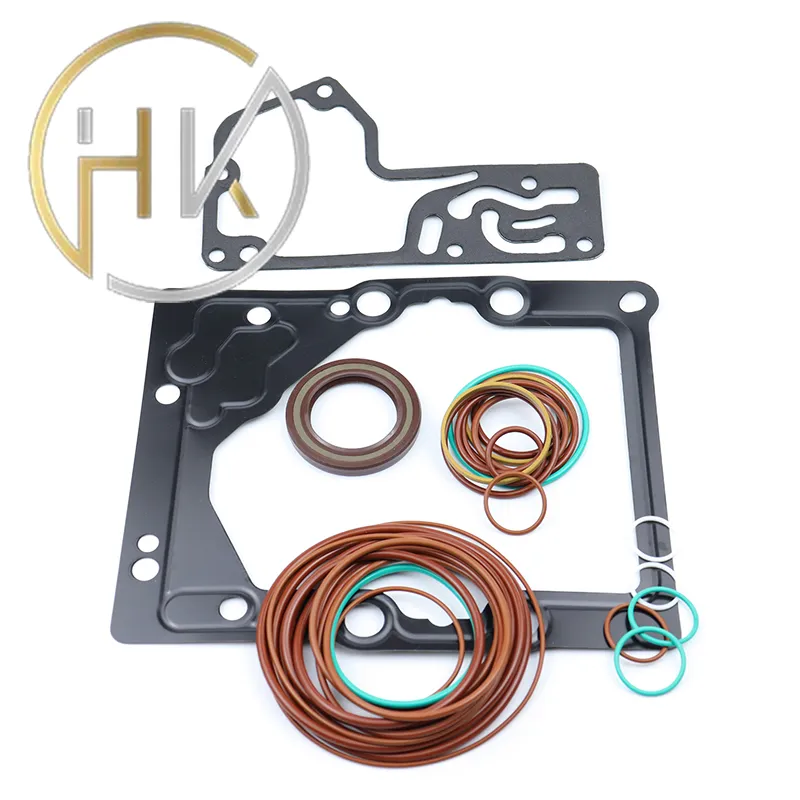Feb . 15, 2025 15:06 Back to list
cfw oil seal


From a technical standpoint, the choice of rear hub oil seal should align with the vehicle's specifications and the driving conditions it frequently encounters. Reputable manufacturers often offer a warranty or guarantee of their products’ performance, which adds a layer of reliability. Furthermore, consulting vehicle-specific forums and reviews can provide valuable insights into the experiences of other car enthusiasts or mechanics with particular brands or models. This crowdsourced advice can often lead to better decision-making and understanding of what to expect in terms of seal performance and longevity. The quality of aftermarket seals can vary significantly, and it is advisable to invest in parts that meet or exceed original equipment manufacturer (OEM) standards. Brands with a long-standing reputation in the industry, such as National, SKF, or Timken, are often recommended due to their commitment to high quality and performance. Going with trusted brands ensures compatibility and reduces the risk of frequent replacements, ultimately saving time and money. In conclusion, the rear hub oil seal plays an indispensable role in vehicle durability and performance. Understanding the components, materials, installation techniques, and manufacturers involved allows for informed decisions that enhance vehicle reliability. Proper maintenance and timely replacement of these seals ensure safe and smooth operation, affirming their importance in the overall maintenance regimen of any car, particularly those used in demanding conditions. Investing in high-quality seals and adhering to professional installation guidelines is a testament to prudent vehicle ownership and upkeep.
-
The Trans-formative Journey of Wheel Hub Oil Seals
NewsJun.06,2025
-
Graphene-Enhanced Oil Seals: Revolutionizing High-Pressure Oil Sealing
NewsJun.06,2025
-
Future of Hydraulic Sealing: Advanced Intelligent TCN Oil Seals
NewsJun.06,2025
-
Don’t Let a Broken TCV Oil Seal Ruin Your Day
NewsJun.06,2025
-
Bio-Inspired Dust Seals for Better Sealing Performance
NewsJun.06,2025
-
Biodegradable and Sustainable Hydraulic Seal Materials
NewsJun.06,2025
-
Top Oil Seal Solutions for Your Industrial Needs
NewsMay.22,2025
Products categories
















